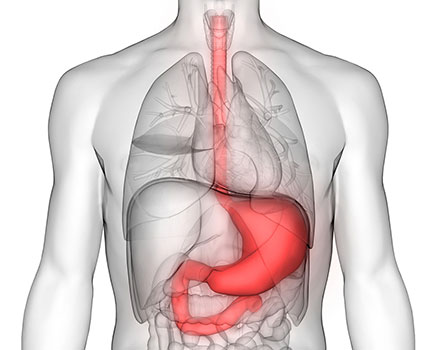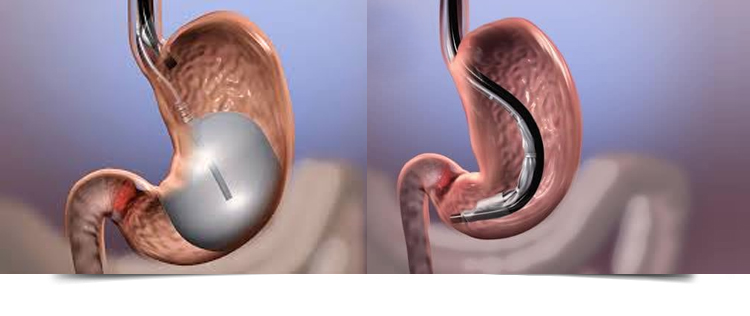Foreign body Removal
When someone consumes an object that cannot pass through the gastrointestinal tract, that object is a foreign body. It can result in systemic toxicity, inflammation of the abdominal lining, infection, or intestinal tract obstruction if it stays lodged inside the animal.
Endoscopic foreign body retrieval refers to removing ingested objects from the oesophagus, stomach, and duodenum by endoscopic techniques.
It does not involve surgery but rather encompasses a variety of practices employed through the gastroscope for grasping foreign bodies, manipulating them, and removing them while protecting the oesophagus and trachea.
It is of particular importance with children, people with mental illness, and prison inmates, as these groups have a high rate of foreign body ingestion. The process of foreign body removal depends on what was ingested, how it was ingested, and when it was ingested.
In some instances, the object will naturally pass, while others may require open surgery. Before the operation, perform a physical examination and complete x-rays (or other imaging scans) to determine the safest approach to remove the object.
Then, the patient will be sedated with local or general anesthesia, depending on how invasive the surgery is.
Endoscopic retrieval involves the use of a gastroscope or an optic fibre charge-coupled device camera. This instrument is shaped like a long tube inserted through the mouth into the oesophagus and stomach to identify foreign bodies.
This procedure is typically performed under conscious sedation. Many techniques have been described to remove foreign bodies from stomach and oesophagus. Usually, the oesophagus is protected with an overtube (a plastic tube of varying length), through which the gastroscope and retrieved objects are passed.
Once the foreign body has been identified with the gastroscope, various devices can be passed through the gastroscope to grasp or manipulate the foreign body. Devices used include forceps, which come in varying shapes, sizes and grips, snares, and oval loops that can be retracted from outside.
The gastroscope to lasso objects, Roth baskets (mesh nets that can be closed to trap small objects), and magnets placed at the end of the scope or the end of orogastric tubes are all part of the endoscopy.
Some techniques have been described that use foley catheters to trap objects or use two snares to orient foreign bodies.
What Are The Possible Risks Of Endoscopic Foreign Body Removal?
An EGD to remove objects is safe and effective, but any procedure carries a risk of complications. The main risk is a possible tear in the oesophagus that may remove an item or push it into the stomach.
In rare cases, you may need surgery to remove an object that cannot be removed through EGD.
Are There Other Treatments That I Can Have Instead Of Endoscopic Foreign Body Removal?
If you have food stuck in your oesophagus, the doctor may recommend a medication called glucagon. The medication relaxes the muscles at the end of the oesophagus, which may help the food pass into the stomach for digestion. If this is not successful, it will need to be removed with an EGD.
What Should I Expect During Endoscopic Foreign Body Removal?
To remove a foreign object from the digestive tract, doctors perform an EGD. Before the procedure, you receive a sedative to relax you and make you drowsy, making you fall asleep.
To perform an EGD, doctors use an endoscope. This long, flexible tube has a lighted camera at its tip and channels for inserting instruments through the scope. The doctor passes the endoscope through the mouth and into the oesophagus to see the obstruction.
Using the instruments, the doctor can remove the foreign body. If the object is in the oesophagus and can pass through the body on its own, the doctor may decide to push it into the stomach.
Related Services

Dr. Bhavik Shah
Gastroenterologist in Raipur
After finishing his Graduation from prestigious Pravara Institute of Medical Sciences, Loni in 2011, Dr. Bhavik Shah joined Choithram Hospital and Research Centre in Indore.
Our other services
Timings
Mon - Sat (09:00Am - 10:00PM) Sun - (10 am–7 pm)
Phone No
+91-74894 92554
address
1st floor, Indian Chilli Square, Shankar Nagar Rd, opposite Vidya Hospital, Geetanjali Colony, Shankar Nagar, Raipur, Chhattisgarh 492001






